 )
)
Orangutan observed treating wound using medicinal plant in world first
Scientists working in Indonesia have observed an orangutan intentionally treating a wound on their face with a medicinal plant, the first time this behavior has been documented. ... Rakus then covered the wound with the chewed up leaves, which are used in traditional medicine to treat illnesses like dysentery, diabetes and malaria, said scientists. ... Although other wild primate species are known to swallow, chew or rub themselves with plants that have medicinal properties, scientists have never seen them used to treat recent wounds. ...
Evolving Intelligence: How Chimpanzees Master Tools Well Into Adulthood
A study in PLOS Biology reveals that chimpanzees continue to refine their tool-use skills into adulthood, similar to humans, suggesting that lifelong learning is vital for the evolution of complex tool use and cognitive development in primates. ... The authors observed 70 wild chimps of various ages using sticks to retrieve food via video recordings collected over several years at Taï National Park, Côte d’Ivoire. ...
https://scitechdaily.com/evolving-in...nto-adulthood/
Scientists working in Indonesia have observed an orangutan intentionally treating a wound on their face with a medicinal plant, the first time this behavior has been documented. ... Rakus then covered the wound with the chewed up leaves, which are used in traditional medicine to treat illnesses like dysentery, diabetes and malaria, said scientists. ... Although other wild primate species are known to swallow, chew or rub themselves with plants that have medicinal properties, scientists have never seen them used to treat recent wounds. ...
Evolving Intelligence: How Chimpanzees Master Tools Well Into Adulthood
A study in PLOS Biology reveals that chimpanzees continue to refine their tool-use skills into adulthood, similar to humans, suggesting that lifelong learning is vital for the evolution of complex tool use and cognitive development in primates. ... The authors observed 70 wild chimps of various ages using sticks to retrieve food via video recordings collected over several years at Taï National Park, Côte d’Ivoire. ...
https://scitechdaily.com/evolving-in...nto-adulthood/
Which foods have the most plastics? You may be surprised
... Ninety percent of animal and vegetable protein samples tested positive for microplastics, teeny polymer fragments that can range from less than 0.2 inch (5 millimeters) down to 1/25,000th of an inch (1 micrometer), according to a February 2024 study. Anything smaller than 1 micrometer is a nanoplastic that must be measured in billionths of a meter.
Even vegetarians can’t escape, according to a 2021 study. If the plastic is small enough, fruits and vegetables can absorb microplastics through their root systems and transfer those chemical bits to the plant’s stems, leaves, seeds and fruit.
Salt can be packed with plastic. A 2023 study found coarse Himalayan pink salt mined from the ground had the most microplastics, followed by black salt and marine salt. Sugar is also “an important route of human exposure to these micropollutants,” according to a 2022 study.
Even tea bags, many of which are made of plastic, can release enormous amounts of plastic. Researchers at McGill University in Quebec, Canada found brewing a single plastic teabag released about 11.6 billion microplastic and 3.1 billion nanoplastic particles into the water. ...
Rice is also a culprit. A University of Queensland study found that for every 100 grams (1/2 cup) of rice people eat, they consume three to four milligrams of plastic — the number jumps to 13 milligrams per serving for instant rice. (You can reduce plastic contamination by up to 40% by washing rice, researchers said. That also helps reduce arsenic, which can be high in rice.)
Let’s not forget bottled water. One liter of water — the equivalent of two standard-size bottled waters — contained an average of 240,000 plastic particles from seven types of plastics, including nanoplastics, according to a March 2024 study.
https://us.cnn.com/2024/04/22/health...scn/index.html
... Ninety percent of animal and vegetable protein samples tested positive for microplastics, teeny polymer fragments that can range from less than 0.2 inch (5 millimeters) down to 1/25,000th of an inch (1 micrometer), according to a February 2024 study. Anything smaller than 1 micrometer is a nanoplastic that must be measured in billionths of a meter.
Even vegetarians can’t escape, according to a 2021 study. If the plastic is small enough, fruits and vegetables can absorb microplastics through their root systems and transfer those chemical bits to the plant’s stems, leaves, seeds and fruit.
Salt can be packed with plastic. A 2023 study found coarse Himalayan pink salt mined from the ground had the most microplastics, followed by black salt and marine salt. Sugar is also “an important route of human exposure to these micropollutants,” according to a 2022 study.
Even tea bags, many of which are made of plastic, can release enormous amounts of plastic. Researchers at McGill University in Quebec, Canada found brewing a single plastic teabag released about 11.6 billion microplastic and 3.1 billion nanoplastic particles into the water. ...
Rice is also a culprit. A University of Queensland study found that for every 100 grams (1/2 cup) of rice people eat, they consume three to four milligrams of plastic — the number jumps to 13 milligrams per serving for instant rice. (You can reduce plastic contamination by up to 40% by washing rice, researchers said. That also helps reduce arsenic, which can be high in rice.)
Let’s not forget bottled water. One liter of water — the equivalent of two standard-size bottled waters — contained an average of 240,000 plastic particles from seven types of plastics, including nanoplastics, according to a March 2024 study.
https://us.cnn.com/2024/04/22/health...scn/index.html
Researchers Create AI-Powered Malware That Spreads on Its Own
Researchers have developed a computer "worm" that can spread from one computer to another using generative AI, a warning sign that the tech could be used to develop dangerous malware in the near future — if it hasn't already.
As Wired reports, the worm can attack AI-powered email assistants to obtain sensitive data from emails and blast out spam messages that infect other systems. "It basically means that now you have the ability to conduct or to perform a new kind of cyberattack that hasn't been seen before," Cornell Tech researcher Ben Nassi, coauthor of a yet-to-be-peer-reviewed paper about the work, told Wired.
https://www.wired.com/story/here-come-the-ai-worms/
Researchers have developed a computer "worm" that can spread from one computer to another using generative AI, a warning sign that the tech could be used to develop dangerous malware in the near future — if it hasn't already.
As Wired reports, the worm can attack AI-powered email assistants to obtain sensitive data from emails and blast out spam messages that infect other systems. "It basically means that now you have the ability to conduct or to perform a new kind of cyberattack that hasn't been seen before," Cornell Tech researcher Ben Nassi, coauthor of a yet-to-be-peer-reviewed paper about the work, told Wired.
https://www.wired.com/story/here-come-the-ai-worms/
How Earth’s Faint Magnetic Field Fostered the Rise of Complex Life
Between 591 and 565 million years ago, the Earth experienced an unprecedented weakening of its magnetic field, as analyzed from plagioclase crystals. This event coincided with a significant rise in oxygen levels in the atmosphere and oceans, potentially explaining the diversification of early complex organisms like the Ediacaran fauna. Researchers suggest that the reduced magnetic field might have facilitated increased oxygen by allowing more hydrogen to escape into space.
~~~
Prior to this time, life had been largely single-celled and microscopic. ...
[Today] Earth’s magnetic field plays a key role in making our planet habitable. The protective bubble over the atmosphere shields the planet from solar radiation, winds, cosmic rays and wild swings in temperature. ...
https://scitechdaily.com/how-earths-...-complex-life/ and https://us.cnn.com/2024/05/07/world/...scn/index.html
Between 591 and 565 million years ago, the Earth experienced an unprecedented weakening of its magnetic field, as analyzed from plagioclase crystals. This event coincided with a significant rise in oxygen levels in the atmosphere and oceans, potentially explaining the diversification of early complex organisms like the Ediacaran fauna. Researchers suggest that the reduced magnetic field might have facilitated increased oxygen by allowing more hydrogen to escape into space.
~~~
Prior to this time, life had been largely single-celled and microscopic. ...
[Today] Earth’s magnetic field plays a key role in making our planet habitable. The protective bubble over the atmosphere shields the planet from solar radiation, winds, cosmic rays and wild swings in temperature. ...
https://scitechdaily.com/how-earths-...-complex-life/ and https://us.cnn.com/2024/05/07/world/...scn/index.html
Fusion Breakthrough: Compact New Device Reaches Temperatures of 37 Million Degrees
Zap Energy has achieved a breakthrough in fusion technology with its Z pinch device, FuZE, which reaches electron temperatures of 11 to 37 million degrees Celsius, surpassing core sun temperatures, at a fraction of the cost and complexity of other systems. A bright flash of light from a FuZE (Fusion Z-pinch Experiment) plasma.
https://scitechdaily.com/fusion-brea...llion-degrees/
Zap Energy has achieved a breakthrough in fusion technology with its Z pinch device, FuZE, which reaches electron temperatures of 11 to 37 million degrees Celsius, surpassing core sun temperatures, at a fraction of the cost and complexity of other systems. A bright flash of light from a FuZE (Fusion Z-pinch Experiment) plasma.
https://scitechdaily.com/fusion-brea...llion-degrees/
Solar Orbiter Captures the Sun’s Fluffy Corona in Stunning Detail
Stunning close-up views of the Sun reveal its dynamic magnetic structures and extreme temperatures, captured by ESA’s Solar Orbiter in collaboration with NASA’s Parker Solar Probe. ...
An intriguing feature visible throughout this movie is the bright gas that makes delicate, lace-like patterns across the Sun. This is called coronal ‘moss’. It usually appears around the base of large coronal loops that are too hot or too tenuous to be seen with the chosen instrument settings.
On the solar horizon: Spires of gas, known as spicules, reach up from the Sun’s chromosphere. These can reach up to a height of 10,000 km (6,200 miles).
Center around 0:22: A small eruption in the center of the field of view, with cooler material being lifted upwards before mostly falling back down. Don’t be fooled by the use of ‘small’ here: this eruption is bigger than Earth!
Center-left around 0:30: ‘Cool’ coronal rain (probably less than 10,000 °C / 18,000 °F) looks dark against the bright background of large coronal loops (around one million degrees Celsius). The rain is made of higher-density clumps of plasma that fall back towards the Sun under the influence of gravity.
https://scitechdaily.com/solar-orbit...-detail-video/
Stunning close-up views of the Sun reveal its dynamic magnetic structures and extreme temperatures, captured by ESA’s Solar Orbiter in collaboration with NASA’s Parker Solar Probe. ...
An intriguing feature visible throughout this movie is the bright gas that makes delicate, lace-like patterns across the Sun. This is called coronal ‘moss’. It usually appears around the base of large coronal loops that are too hot or too tenuous to be seen with the chosen instrument settings.
On the solar horizon: Spires of gas, known as spicules, reach up from the Sun’s chromosphere. These can reach up to a height of 10,000 km (6,200 miles).
Center around 0:22: A small eruption in the center of the field of view, with cooler material being lifted upwards before mostly falling back down. Don’t be fooled by the use of ‘small’ here: this eruption is bigger than Earth!
Center-left around 0:30: ‘Cool’ coronal rain (probably less than 10,000 °C / 18,000 °F) looks dark against the bright background of large coronal loops (around one million degrees Celsius). The rain is made of higher-density clumps of plasma that fall back towards the Sun under the influence of gravity.
https://scitechdaily.com/solar-orbit...-detail-video/
NASA’s Solar Sail Mission Successfully Phones Home
NASA’s Advanced Composite Solar Sail System has successfully established communication with ground operators and is testing innovative solar sail technology that could revolutionize space travel. ... Next, the CubeSat will undergo a one- to two-month commissioning phase to prepare for the solar sail deployment and maneuvering test. At this time, the sail remains within the body of the CubeSat. The mission operations team will set a date to unfurl the sail after all commissioning tasks have been completed. Once ready, the spacecraft will unroll it solar sail via four booms that span the diagonals of the square and unspool to reach 23 feet (about 7 meters) in length. ...
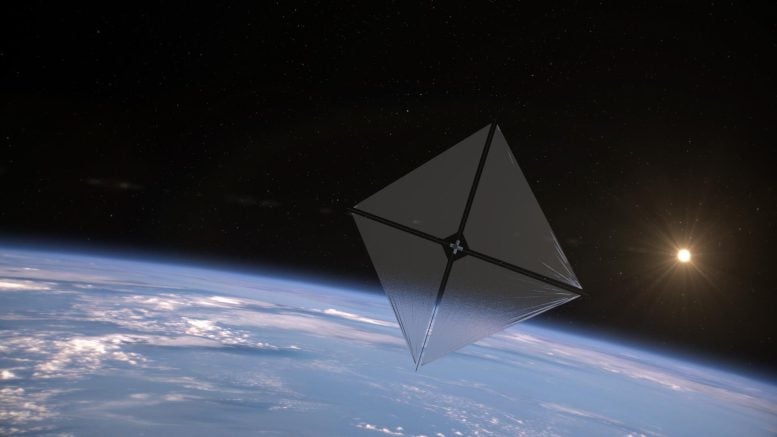
https://scitechdaily.com/harnessing-...y-phones-home/
NASA’s Advanced Composite Solar Sail System has successfully established communication with ground operators and is testing innovative solar sail technology that could revolutionize space travel. ... Next, the CubeSat will undergo a one- to two-month commissioning phase to prepare for the solar sail deployment and maneuvering test. At this time, the sail remains within the body of the CubeSat. The mission operations team will set a date to unfurl the sail after all commissioning tasks have been completed. Once ready, the spacecraft will unroll it solar sail via four booms that span the diagonals of the square and unspool to reach 23 feet (about 7 meters) in length. ...

https://scitechdaily.com/harnessing-...y-phones-home/
Giant Galactic Explosion Reveals Cosmic Pollution Dynamics
Astronomers have produced the first high-resolution map of a massive explosion in a nearby galaxy, providing important clues on how the space between galaxies is polluted with chemical elements. ...
A team of international researchers studied galaxy NGC 4383, in the nearby Virgo cluster, revealing a gas outflow so large that it would take 20,000 years for light to travel from one side to the other. ... The mass of gas ejected is equivalent to more than 50 million Suns. ...
Astronomers have produced the first high-resolution map of a massive explosion in a nearby galaxy, providing important clues on how the space between galaxies is polluted with chemical elements. ...
A team of international researchers studied galaxy NGC 4383, in the nearby Virgo cluster, revealing a gas outflow so large that it would take 20,000 years for light to travel from one side to the other. ... The mass of gas ejected is equivalent to more than 50 million Suns. ...
Einstein Challenged: Exploring the “Cosmic Glitch” in Gravity
Researchers propose a modification to Einstein’s theory of general relativity, suggesting a “cosmic glitch” that makes gravity slightly weaker across vast cosmic distances. This adjustment could help explain some unaccounted phenomena in the universe. ... “But when we try to understand gravity on a cosmic scale, at the scale of galaxy clusters and beyond, we encounter apparent inconsistencies with the predictions of general relativity. It’s almost as if gravity itself stops perfectly matching Einstein’s theory. We are calling this inconsistency a ‘cosmic glitch’: gravity becomes around one percent weaker when dealing with distances in the billions of light years. “ ...
https://scitechdaily.com/einstein-ch...ch-in-gravity/
Researchers propose a modification to Einstein’s theory of general relativity, suggesting a “cosmic glitch” that makes gravity slightly weaker across vast cosmic distances. This adjustment could help explain some unaccounted phenomena in the universe. ... “But when we try to understand gravity on a cosmic scale, at the scale of galaxy clusters and beyond, we encounter apparent inconsistencies with the predictions of general relativity. It’s almost as if gravity itself stops perfectly matching Einstein’s theory. We are calling this inconsistency a ‘cosmic glitch’: gravity becomes around one percent weaker when dealing with distances in the billions of light years. “ ...
https://scitechdaily.com/einstein-ch...ch-in-gravity/
The lunar far side is wildly different from what we see. Scientists want to know why
When the Chang’e-4 mission landed in the Von Karman crater on January 3, 2019, China became the first and only country to land on the far side of the moon — the side that always faces away from Earth.
Now, China is sending another mission to the far side, and this time, its goal is to return the first samples of the moon’s “hidden side” to Earth.
The Chang’e-6 mission, launched Friday, is set to spend 53 days exploring the South Pole-Aitken basin to study its geology and topography as well as collect samples from different spots across the crater. ...
The moon’s hidden side has sometimes been referred to as the “dark side of the moon,” largely in reference to the 1973 Pink Floyd album of the same name.
But the phrase is a bit of a misnomer for a couple of reasons, according to experts.
While the far side of the moon may seem dark from our perspective, it experiences a lunar day and lunar night just like the near side, and receives plenty of illumination. A lunar day lasts just over 29 days, while the lunar night lasts for about two weeks, according to NASA. ...
... “We saw this completely different hemisphere: not covered in large volcanic lava flows, pockmarked with craters, a thicker crust. It just tells a different story than the near side,” Petro said. ...
When the Chang’e-4 mission landed in the Von Karman crater on January 3, 2019, China became the first and only country to land on the far side of the moon — the side that always faces away from Earth.
Now, China is sending another mission to the far side, and this time, its goal is to return the first samples of the moon’s “hidden side” to Earth.
The Chang’e-6 mission, launched Friday, is set to spend 53 days exploring the South Pole-Aitken basin to study its geology and topography as well as collect samples from different spots across the crater. ...
The moon’s hidden side has sometimes been referred to as the “dark side of the moon,” largely in reference to the 1973 Pink Floyd album of the same name.
But the phrase is a bit of a misnomer for a couple of reasons, according to experts.
While the far side of the moon may seem dark from our perspective, it experiences a lunar day and lunar night just like the near side, and receives plenty of illumination. A lunar day lasts just over 29 days, while the lunar night lasts for about two weeks, according to NASA. ...
... “We saw this completely different hemisphere: not covered in large volcanic lava flows, pockmarked with craters, a thicker crust. It just tells a different story than the near side,” Petro said. ...
Engineering Life: Chemists Have Created the Functional Synthetic Cells That Act Like Real Ones
BELOW: Synthetic cells created with programmable peptide-DNA technology that directs peptides, the building blocks of proteins, and repurposed genetic material to work together to form a cytoskeleton, shown in fuscia. ... Cells and tissues are made of proteins that come together to perform tasks and make structures. Proteins are essential for forming the framework of a cell, called the cytoskeleton. Without it, cells wouldn’t be able to function. The cytoskeleton allows cells to be flexible, both in shape and in response to their environment.
Without using natural proteins, the Freeman Lab built cells with functional cytoskeletons that can change shape and react to their surroundings. To do this, they used a new programmable peptide-DNA technology that directs peptides, the building blocks of proteins, and repurposed genetic material to work together to form a cytoskeleton. ...
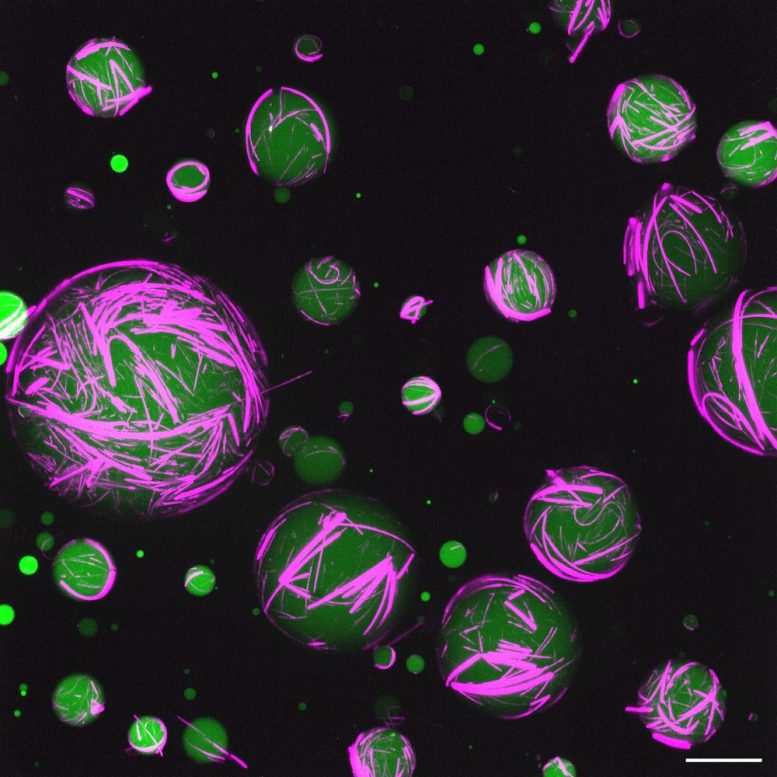
https://scitechdaily.com/engineering...ike-real-ones/
BELOW: Synthetic cells created with programmable peptide-DNA technology that directs peptides, the building blocks of proteins, and repurposed genetic material to work together to form a cytoskeleton, shown in fuscia. ... Cells and tissues are made of proteins that come together to perform tasks and make structures. Proteins are essential for forming the framework of a cell, called the cytoskeleton. Without it, cells wouldn’t be able to function. The cytoskeleton allows cells to be flexible, both in shape and in response to their environment.
Without using natural proteins, the Freeman Lab built cells with functional cytoskeletons that can change shape and react to their surroundings. To do this, they used a new programmable peptide-DNA technology that directs peptides, the building blocks of proteins, and repurposed genetic material to work together to form a cytoskeleton. ...

https://scitechdaily.com/engineering...ike-real-ones/
Pioneering CRISPR Gene Editing Trial: 79% of Participants See Improvement
A clinical trial utilizing CRISPR-based gene editing demonstrated promising results, with approximately 79% of participants showing improvement in a rare form of blindness caused by a mutation in the CEP290 gene. The study, published in the New England Journal of Medicine, marks a significant step in using gene editing to treat inherited retinal diseases. ... "One of our trial participants has shared several examples, including being able to find their phone after misplacing it and knowing that their coffee machine is working by seeing its small lights. While these types of tasks might seem trivial to those who are normally sighted, such improvements can have a huge impact on quality of life for those with low vision."
A clinical trial utilizing CRISPR-based gene editing demonstrated promising results, with approximately 79% of participants showing improvement in a rare form of blindness caused by a mutation in the CEP290 gene. The study, published in the New England Journal of Medicine, marks a significant step in using gene editing to treat inherited retinal diseases. ... "One of our trial participants has shared several examples, including being able to find their phone after misplacing it and knowing that their coffee machine is working by seeing its small lights. While these types of tasks might seem trivial to those who are normally sighted, such improvements can have a huge impact on quality of life for those with low vision."
Cutting-Edge CRISPR: Princeton Researchers Develop a More Precise Gene-Editing Tool
Princeton scientists make a major improvement to a CRISPR-based gene-editing tool called “prime editing.” ... A relatively new approach called “prime editing” enables gene-editing with exceptional accuracy and high versatility, but has a critical tradeoff: variable and often low efficiency of edit installation. In other words, while prime edits can be made with high precision and few unwanted byproducts, the approach also often fails to make those edits at reasonable frequencies. ...
[But] In a paper that appeared in print in the journal Nature on April 18th, 2024, Princeton scientists Jun Yan and Britt Adamson, along with several colleagues, describe a more efficient prime editor.
... Prime editing systems minimally consist of two components: a modified version of the protein element of CRISPR/Cas9 and a ribonucleic acid (RNA) molecule called a pegRNA. These components work together in several coordinated steps: First, the pegRNA binds the protein and guides the resulting complex to a desired location in the genome. There, the protein nicks the DNA and, using a template sequence encoded on the pegRNA, “reverse transcribes” an edit into the genome nearby. In this way, prime editors “write” exact sequences into targeted DNA. ...
https://scitechdaily.com/cutting-edg...-editing-tool/
Princeton scientists make a major improvement to a CRISPR-based gene-editing tool called “prime editing.” ... A relatively new approach called “prime editing” enables gene-editing with exceptional accuracy and high versatility, but has a critical tradeoff: variable and often low efficiency of edit installation. In other words, while prime edits can be made with high precision and few unwanted byproducts, the approach also often fails to make those edits at reasonable frequencies. ...
[But] In a paper that appeared in print in the journal Nature on April 18th, 2024, Princeton scientists Jun Yan and Britt Adamson, along with several colleagues, describe a more efficient prime editor.
... Prime editing systems minimally consist of two components: a modified version of the protein element of CRISPR/Cas9 and a ribonucleic acid (RNA) molecule called a pegRNA. These components work together in several coordinated steps: First, the pegRNA binds the protein and guides the resulting complex to a desired location in the genome. There, the protein nicks the DNA and, using a template sequence encoded on the pegRNA, “reverse transcribes” an edit into the genome nearby. In this way, prime editors “write” exact sequences into targeted DNA. ...
https://scitechdaily.com/cutting-edg...-editing-tool/
Unlocking Lifetime Flu Protection: Duke’s Innovative Vaccine Strategy
Duke researchers have opened a new avenue in the attack against influenza viruses by creating a vaccine that encourages the immune system to target a portion of the virus surface that is less variable.
Their approach worked well in experiments with mice and ferrets and may lead to more broadly protective influenza vaccines and less reliance on an annual shot tailored to that year’s versions of the virus. Even with vaccines, influenza kills about a half-million people each year around the world. ...
https://scitechdaily.com/unlocking-l...cine-strategy/
Duke researchers have opened a new avenue in the attack against influenza viruses by creating a vaccine that encourages the immune system to target a portion of the virus surface that is less variable.
Their approach worked well in experiments with mice and ferrets and may lead to more broadly protective influenza vaccines and less reliance on an annual shot tailored to that year’s versions of the virus. Even with vaccines, influenza kills about a half-million people each year around the world. ...
https://scitechdaily.com/unlocking-l...cine-strategy/
Indie artist Washed Out's new music video was fully AI-generated
The four-minute music video for Washed Out's latest single, "The Hardest Part," was made entirely with OpenAI's text-to-video model, Sora. ... the first entirely artificial intelligence-generated music video created by ... Sora. ... Sora, which is not yet available to the public, can generate videos up to a minute long based on ideas typed into a text box. Edited together, the clips could feasibly be used to make full-length projects. ...
https://www.nbcnews.com/pop-culture/...deo-rcna150634
The four-minute music video for Washed Out's latest single, "The Hardest Part," was made entirely with OpenAI's text-to-video model, Sora. ... the first entirely artificial intelligence-generated music video created by ... Sora. ... Sora, which is not yet available to the public, can generate videos up to a minute long based on ideas typed into a text box. Edited together, the clips could feasibly be used to make full-length projects. ...
https://www.nbcnews.com/pop-culture/...deo-rcna150634
Randy Travis lost his voice after a stroke. Now AI has enabled him to release a new song
... The country singer suffered a severe stroke in 2013 that left him unable to walk or speak. He’s regained both of those abilities, though he still struggles. ... Thanks to AI, Travis has released his first new song in more than a decade, titled “Where That Came From.” ... Written by Scotty Emerick and John Scott Sherrill and originally recorded - but not released - by James Dupre, the new song uses technology to take Travis’ voice from an old recording, which was then used to lay the lyrics over Dupre’s singing. ...
https://us.cnn.com/2024/05/06/entert...-ai/index.html
... The country singer suffered a severe stroke in 2013 that left him unable to walk or speak. He’s regained both of those abilities, though he still struggles. ... Thanks to AI, Travis has released his first new song in more than a decade, titled “Where That Came From.” ... Written by Scotty Emerick and John Scott Sherrill and originally recorded - but not released - by James Dupre, the new song uses technology to take Travis’ voice from an old recording, which was then used to lay the lyrics over Dupre’s singing. ...
https://us.cnn.com/2024/05/06/entert...-ai/index.html
stlah
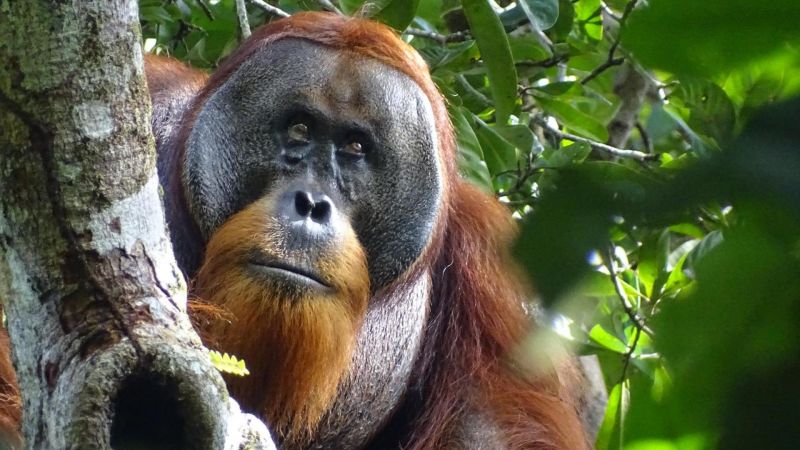





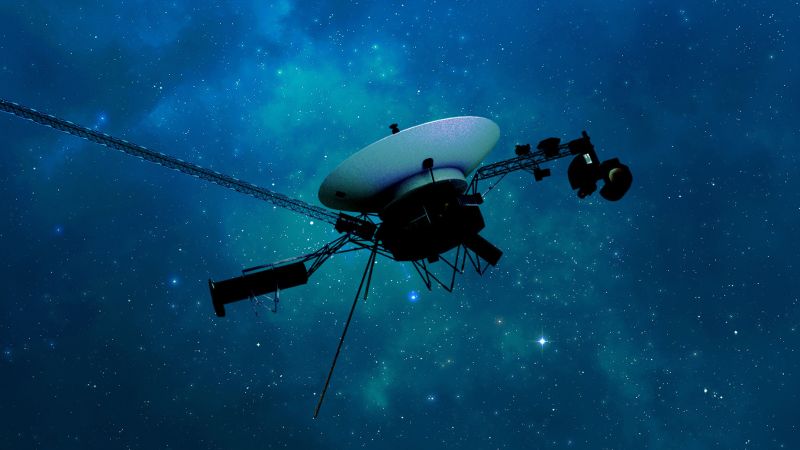



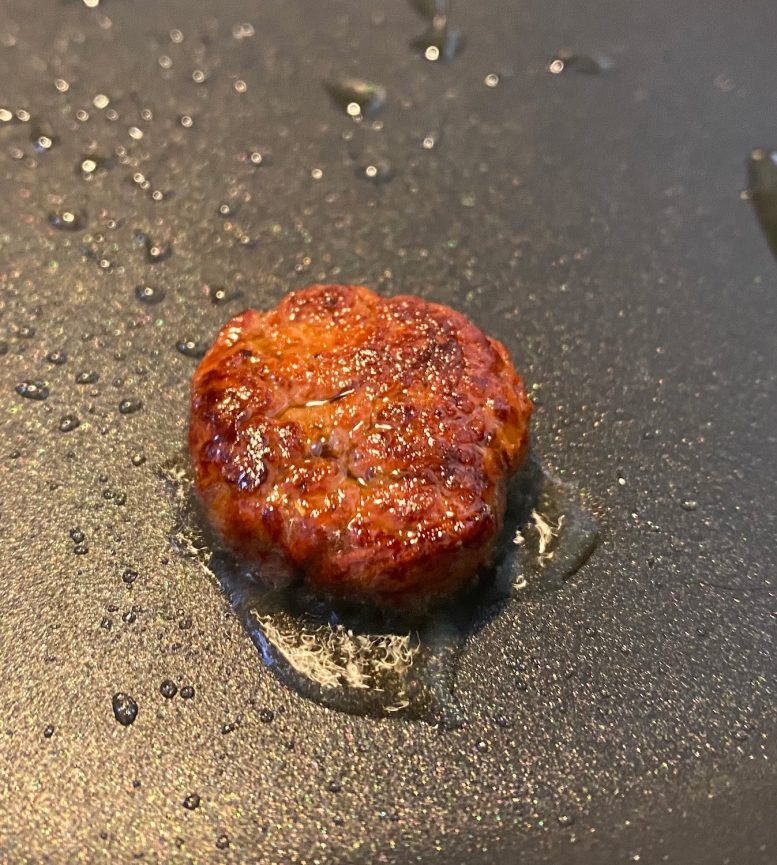


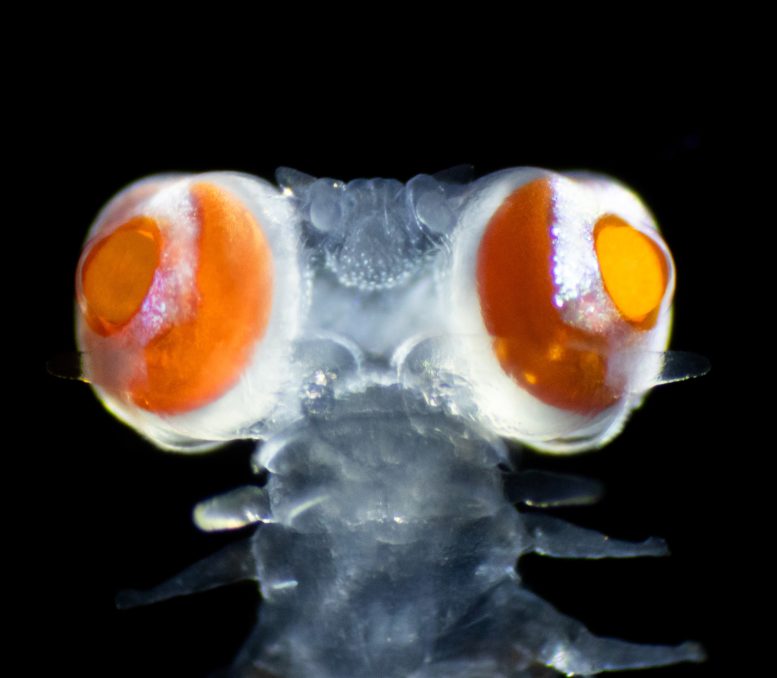

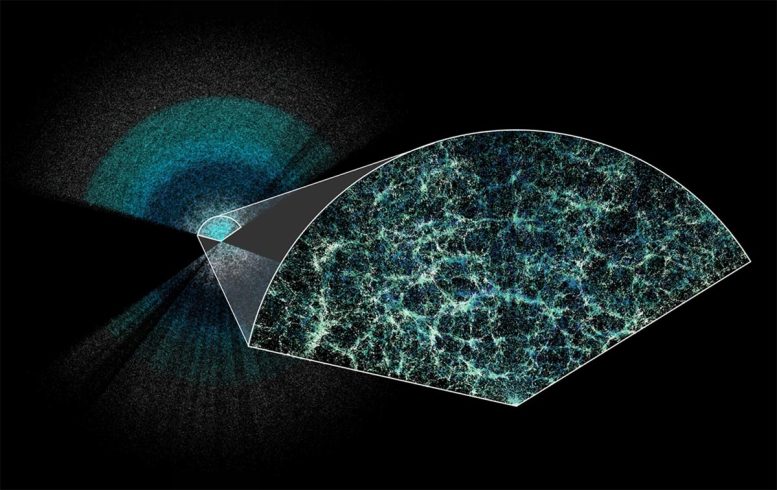



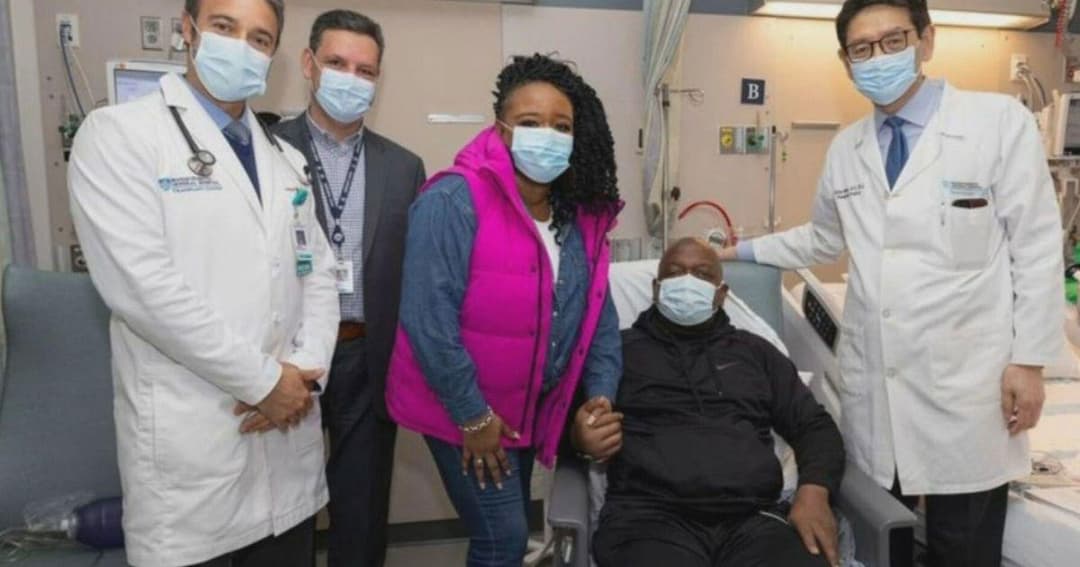

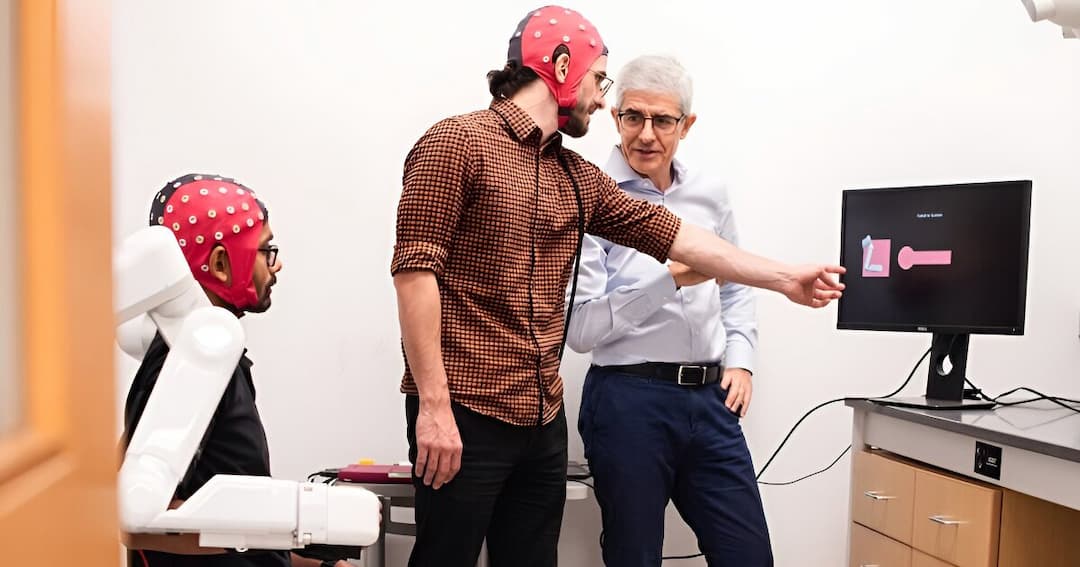










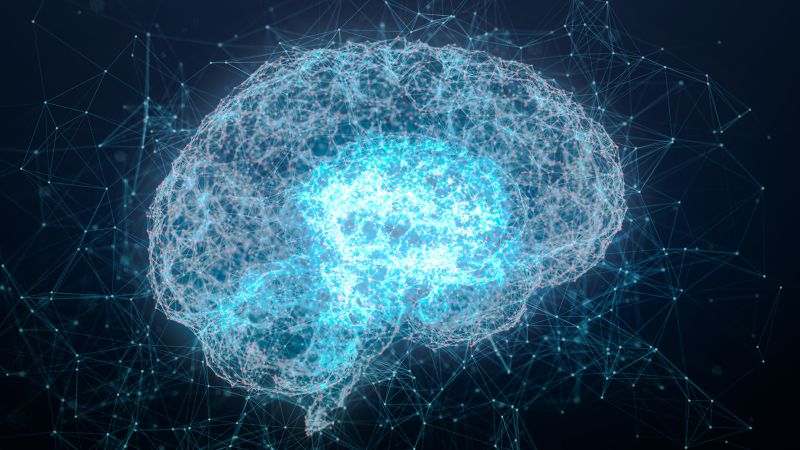
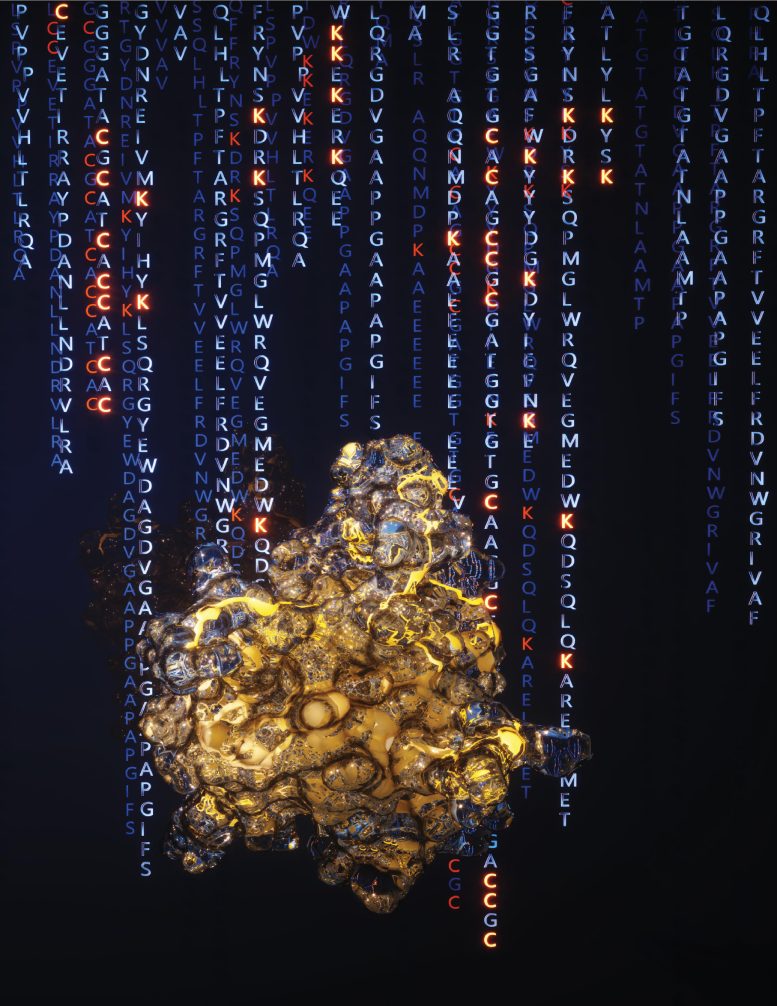

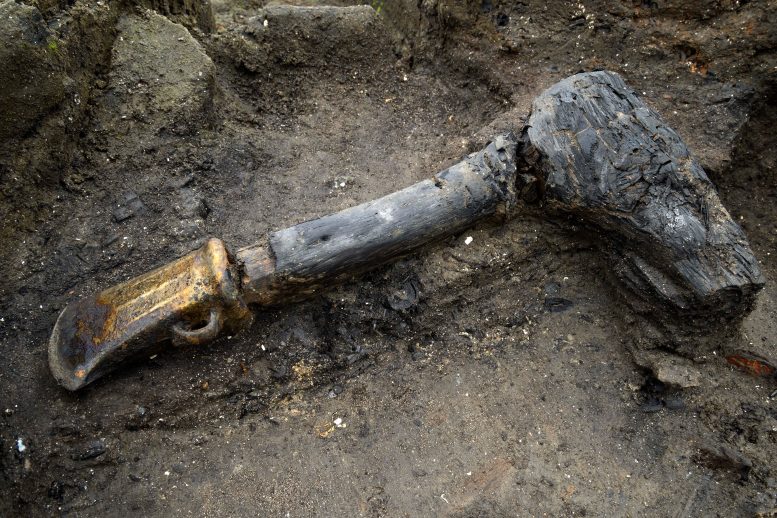



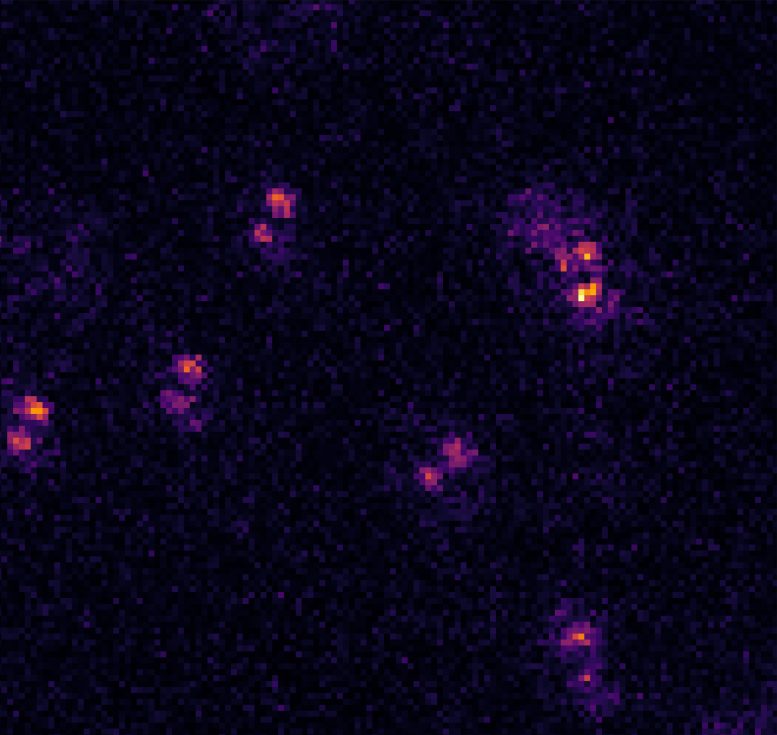


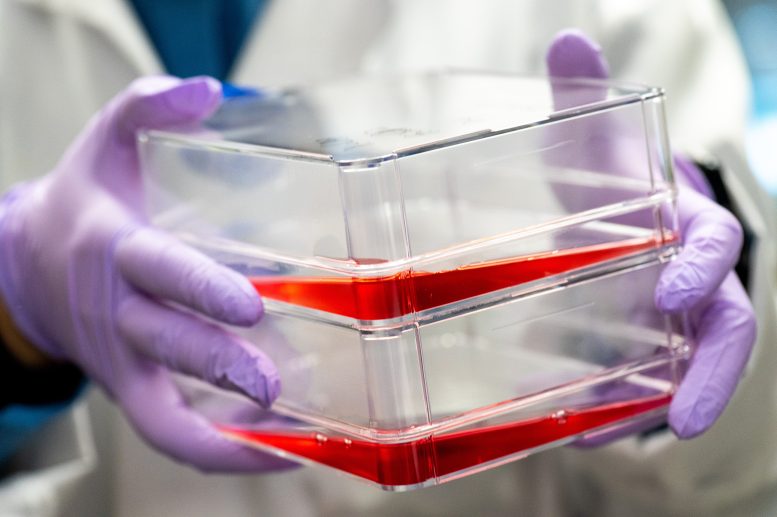


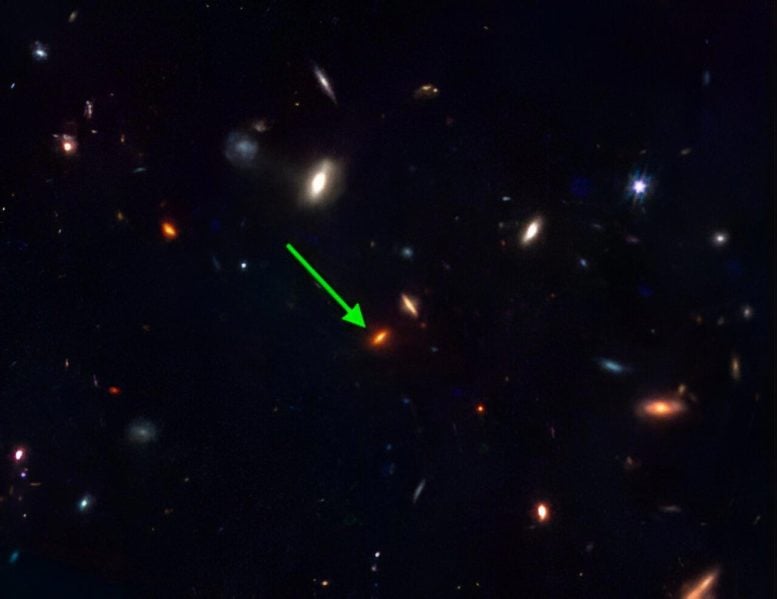


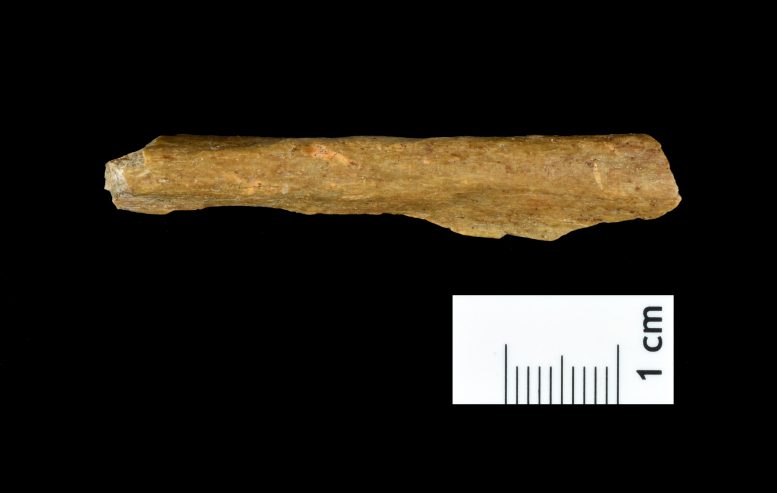







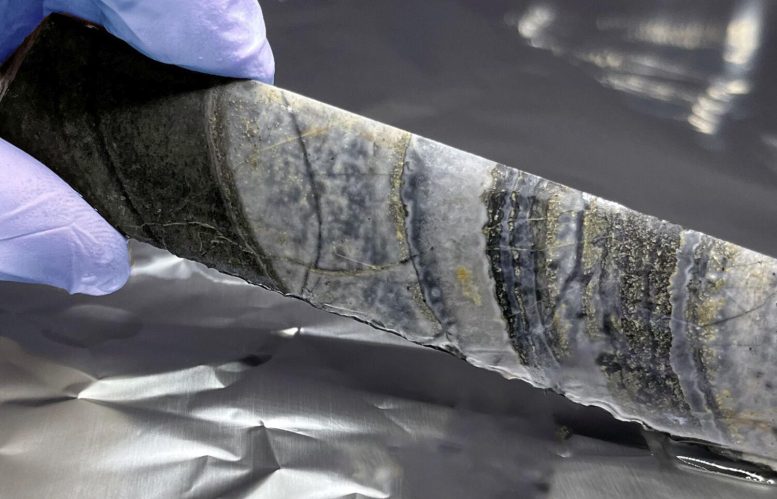
 ... Well, not really ...
... Well, not really ... /cloudfront-us-east-2.images.arcpublishing.com/reuters/UFDKK3AZC5MOXIGGLHKIZXECO4.jpg)
Leave a comment: